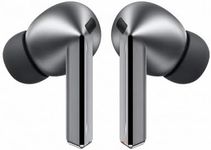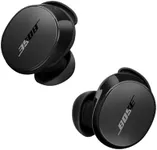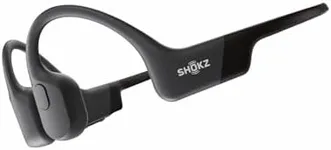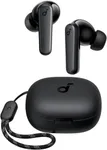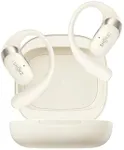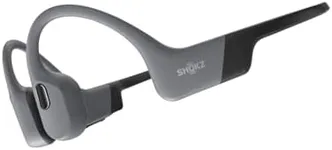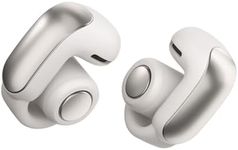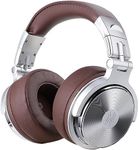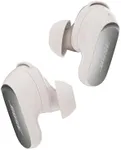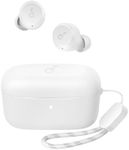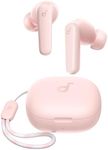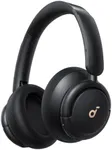Buying Guide for the Best Running Earbuds
Choosing the right running earbuds can make your workouts more enjoyable and help you stay motivated. The best pair for you will depend on your comfort preferences, the type of running you do, and the features that matter most to you. It's important to consider how the earbuds fit, how they sound, how long they last on a charge, and how well they handle sweat and weather. By understanding the key specifications, you can find earbuds that will keep up with your pace and your needs.Fit and ComfortFit and comfort refer to how securely and comfortably the earbuds sit in your ears. This is crucial for running because poorly fitting earbuds can fall out or cause discomfort during movement. Earbuds generally come in in-ear, over-ear, or ear-hook styles. In-ear models are compact and lightweight, while ear-hook designs provide extra security for vigorous activity. To pick the right one, think about how much you move when running and whether you prefer a snug fit or something less intrusive. Trying different styles or looking for adjustable tips can help you find the best fit for your ears.
Water and Sweat ResistanceWater and sweat resistance is measured by an IP (Ingress Protection) rating, which tells you how well the earbuds can handle moisture. This is important because running often leads to sweating, and you might get caught in the rain. Ratings like IPX4 mean the earbuds can handle splashes, while IPX7 means they can survive being submerged briefly. If you run indoors or in dry conditions, a lower rating may be enough, but for outdoor or intense workouts, look for higher resistance to ensure durability.
Battery LifeBattery life indicates how long the earbuds can play music before needing a recharge. This matters because you don't want your music to stop mid-run. Earbuds typically offer anywhere from 4 to 12 hours of playtime on a single charge, with some cases providing extra charges. If you do short runs, a lower battery life may be fine, but for long-distance runners or those who forget to charge often, longer battery life is more convenient.
Sound QualitySound quality refers to how clear and balanced the audio is. While running, you may want motivating music or clear podcasts, so good sound can enhance your experience. Some earbuds focus on strong bass, while others offer a more balanced sound. If you care about deep, punchy music, look for earbuds with enhanced bass. If you prefer podcasts or audiobooks, clarity and balanced sound are more important. Consider your listening habits to choose the right sound profile.
Stability and Secure FitStability and secure fit are about how well the earbuds stay in place during movement. This is especially important for runners, as loose earbuds can be distracting or fall out. Some models use ear fins, hooks, or wings to improve stability. If you do sprints or trail running, prioritize earbuds with extra support. For casual jogging, a simple in-ear design may be enough.
Controls and UsabilityControls and usability refer to how easily you can adjust volume, skip tracks, or take calls without stopping your run. Some earbuds have touch controls, while others use physical buttons. Touch controls are sleek but can be tricky with sweaty hands, while buttons are more reliable but may be harder to press. Think about what feels more natural to you and how often you need to adjust settings while running.
Ambient Sound and Noise IsolationAmbient sound and noise isolation determine how much outside noise you can hear while wearing the earbuds. Some runners prefer to block out noise for full immersion, while others want to stay aware of their surroundings for safety. Some earbuds offer a 'transparency' or 'ambient' mode to let in outside sounds. If you run in busy areas or near traffic, choose earbuds that allow you to hear your environment. For treadmill or quiet park runs, noise isolation may be more desirable.
Connectivity and StabilityConnectivity and stability refer to how reliably the earbuds connect to your device, usually via Bluetooth. A stable connection ensures your music doesn't cut out during your run. Most modern earbuds use Bluetooth 5.0 or higher, which offers better range and fewer dropouts. If you run with your phone in a pocket or armband, make sure the earbuds maintain a strong connection even when your device moves.
